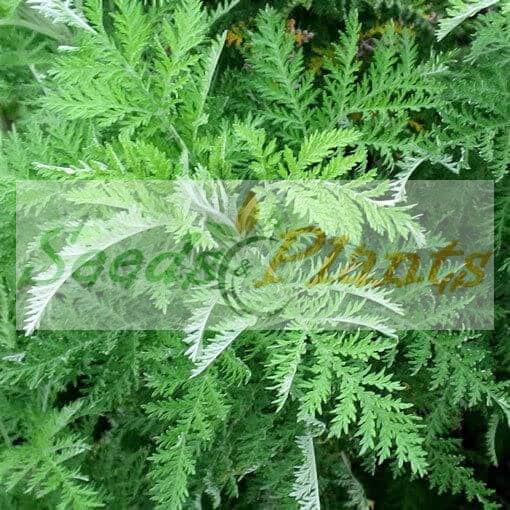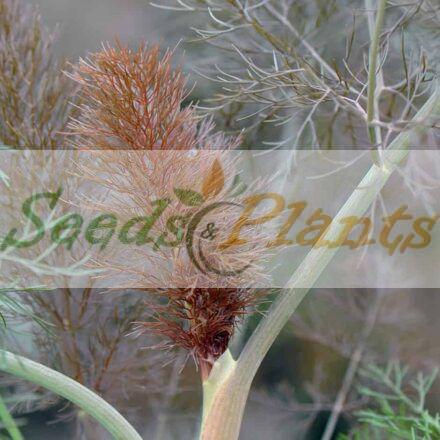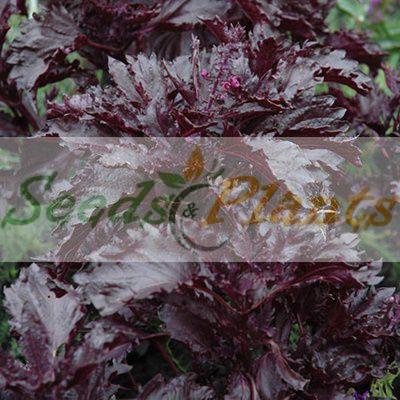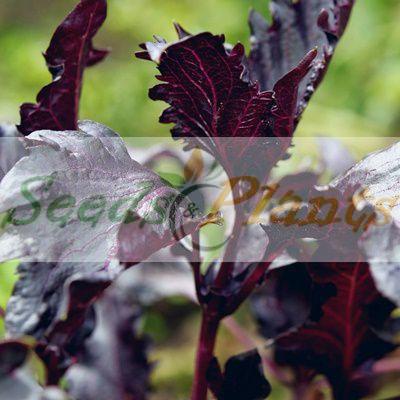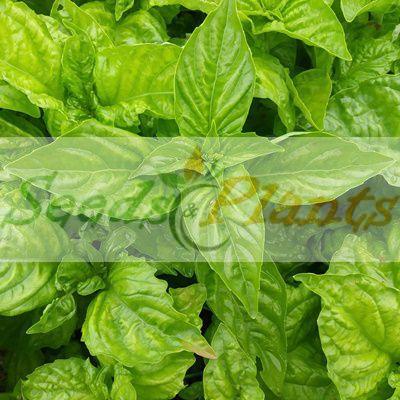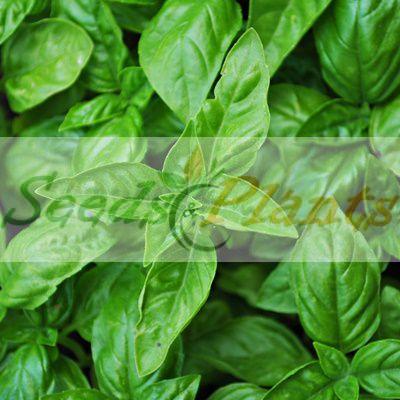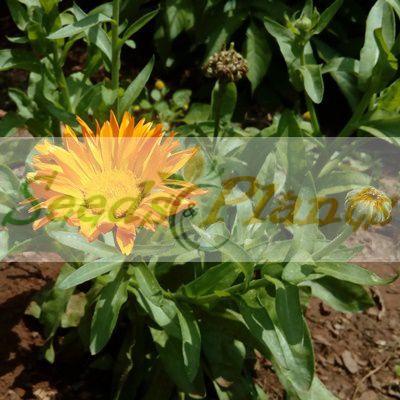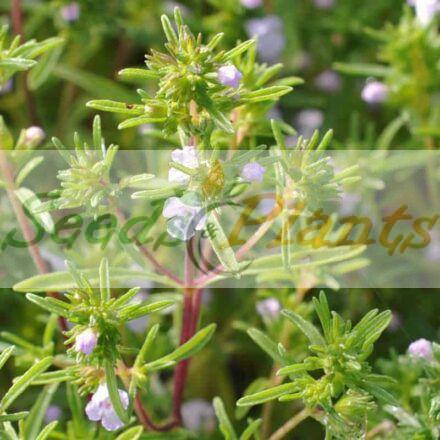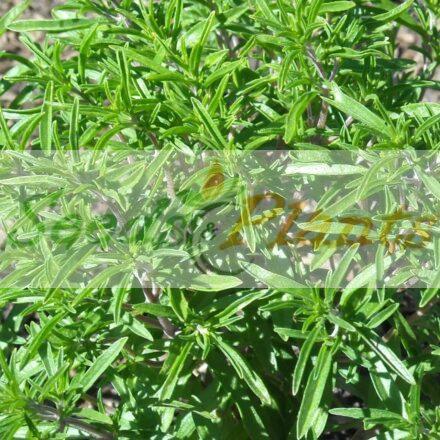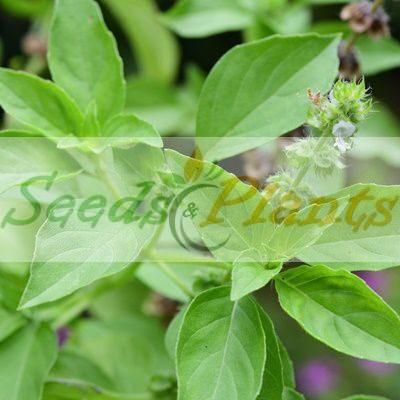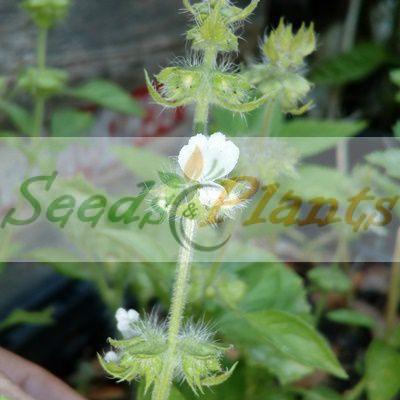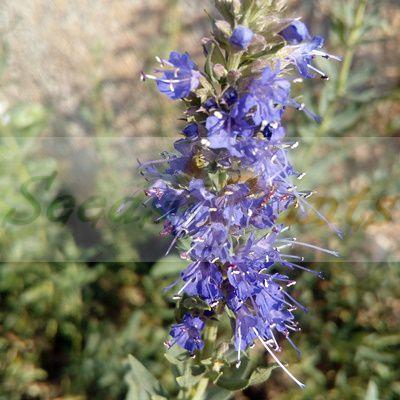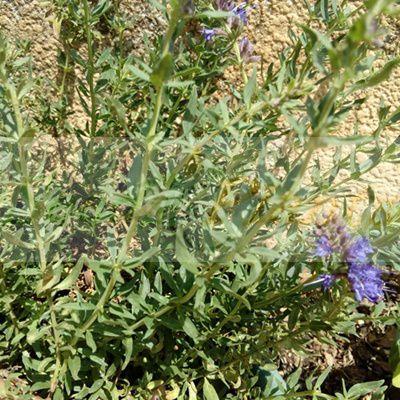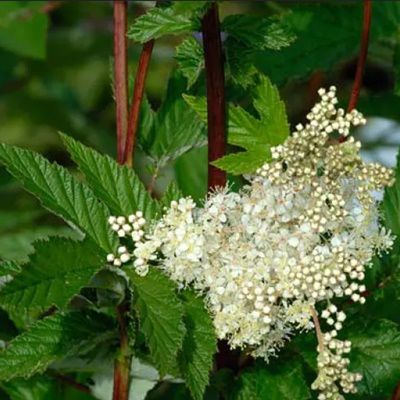Bronze Fennel – 50 Seeds
(Foeniculum vulgare ‘Purpureum’)
R30.00
Fennel has a sweet aroma and an aniseed flavor. Use leaves in fish stock, sauces and stuffings and in mayonnaise, flavored butters and salad dressings.
In stock
Bronze Fennel (Foeniculum vulgare ‘Purpureum’) has feathery, bronze-purple leaves which are followed by flat-topped, sulphur-yellow flower heads in mid to late summer and then by aromatic seeds. This beautiful plant looks fantastic as a centrepiece for a sunny herb garden, or among tall perennials and grasses.
Bronze Fennel Culinary Uses
Fennel has a sweet aroma and an aniseed flavor. Use leaves in fish stock, sauces and stuffings and in mayonnaise, flavored butters and salad dressings. The dried stalks can be placed under grilled or barbecued fish. At the two-leafed stage, the seedlings make a pungent addition to salads, reminiscent of mustard. The stronger tasting fennel seeds have a flavor more like aniseed or licorice. They can be used as a spice, particularly in cakes, breads and stuffings.
Bronze Fennel Medicinal Benefits
- Anti-Spasmodic
- Anti-flatulence
- Assists with Anemia
- Helps with weight loss
- Assists with milk production
- Anti-Microbial
- Relieves Respiratory Problems
- Beneficial During Menopause
Growing Bronze Fennel
Indoor Sowing: Not Recommended.
Direct Sowing: Late Spring.
- Fennel will grow in most any soil, but the richer the soil, the more tender the foliage and the less aromatic the seed.
- It likes a well-drained, sheltered but sunny position.
- It is easily propagated by seeds.
- Seedlings do not transplant well, so it is better to sow Bronze Fennel Seeds directly in the garden in the late spring.
- Plant them 25 to 30cm apart and then thin them out as necessary.
- It grows a very deep taproot which is difficult to pull up, so remove unwanted seedlings while young.
Disclaimer
Medicinal Information:
All medicinal information on this website is for educational and informational purposes only and may not be construed as medical advice. The information is not intended to replace medical advice or treatment offered by healthcare professionals.
Seeds, Plants, Plant Cuttings, Geophytes and Dried Herbs:
In some countries and provinces, certain plants are deemed as invasive and are not allowed to be planted at all, whilst some plants are allowed to be grown only in certain areas or provinces. The onus is on you as the buyer to familiarize yourself with the regulations pertaining to your location, before purchasing any of our seeds, plants, plant cuttings, geophytes or dried herbs. We will not be held liable, should you purchase any seeds, plants, plant cuttings, geophytes or dried herbs. from us which are prohibited in your country or province.



